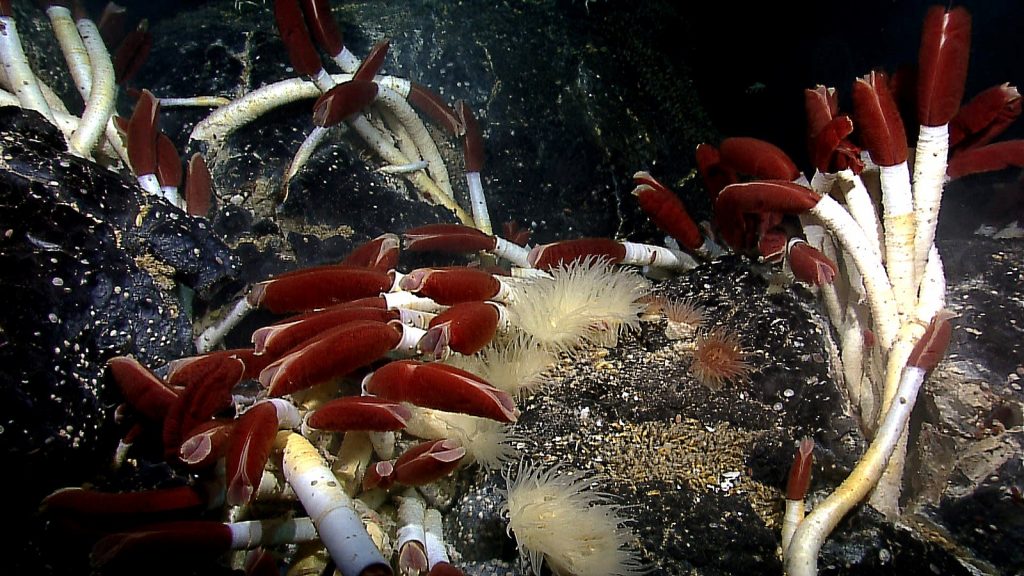Most of us learned about photosynthesis back in elementary school: plants take in sunlight and carbon dioxide, then make sugar and release oxygen. And if you were anything like me at that age, you promptly went outside and chewed on grass to see whether it really had sugar.
Actually, I already knew that from all my outdoor play. But for you genteel types who’ve never tasted grass, if you go try it now, as a grown adult–there’s no shame–just make sure of several things before you do:
1) You must get on all fours and chew the grass while its still rooted in the ground. No plucking a blade and chewing it while standing upright–that’s cheating! You’re missing the authentic five-year-old experience.
2) None of your nosy neighbors are pointing binoculars your way while you do this.
3) Pick a spot you’re mostly sure hasn’t been visited by a dog since the last rainstorm.
With that experiment out of the way, let’s return to theory. Most of us didn’t learn the chemical equation for photosynthesis until high school:
6CO2 + 6H2O → C6H12O6 + 6O2
C6H12O6 is glucose, the energy plants make for themselves to survive on Earth, and even on Daishon, too. This is the only known formula for photosynthesis. And if you were anything like me in high school, you finally realized that grass almost immediately turns that glucose into starch and THAT is why grass doesn’t taste sweet. Boring.
But deep in the Bioprison, there is no sunlight. How do plants grow there? At the end of chapter thirty-one of Scribes’ Descent, Boxer says, “I thought only plants in thermal vents used chemosynthesis. I never imagined a whole forest of them.”
Here, Boxer correctly guesses that these plants use a different process. On Earth, chemosynthesis lets organisms like mussels and tube worms make their own energy on the deep ocean floor near thermal vents and cold seeps. If that made no sense to you, we’ll organize a field trip to go play around on the deep ocean floor. In submersibles, of course.

Giant tubeworms (Riftia pachyptila), from Wikimedia Commons
Unlike photosynthesis, chemosynthesis can use different chemical reactions to produce energy.
Here’s one that requires oxygen gas:
CO2 + 4H2S + O2 → CH2O + 4S + 3H2O
Here’s one that doesn’t:
6CO2 + 6H2O + 3H2S → C6H12O6 + 3H2SO4
Symbiotic bacteria inside the organism perform some reaction like these to convert gases into energy. Exactly which gases and bacteria are use chemosynthesis in the Bioprison? The Scribes can’t tell without proper test equipment. If they still had their holovisors, they could have at least taken gas readings. But alas, the Facility took away their visors.
But, but… which gas is it? I haven’t decided for sure, but I’d probably settle on nitrogen since there ought to be plenty of it in the air and it’s harmless for humans. Which bacterial species and what chemical equation? I’ll leave that to your imagination 😄
For a science project: see if you can inject a chemical into grass that keeps it from turning glucose into raffinose starch. Then taste the grass to see if it’s sweet. Reply to this email and let me know how you pulled it off! Okay, Lawyer Dylan says you’re responsible for your own risk on this one.
Writing update: I’ve been posting chapters of Scribes Aflame on https://scribophile.com for critique. (<–that’s an affiliate link) If you’d like to set up a free account on that site and critique them, go for it! And I’ll be revealing the cover for Scribes Aflame pretty soon…
See you next month,
Dylan West
